The Uragan-1 was the first generation of a Soviet automatic air defense interception system, and was a component of the Soviet Air Defence Forces protivovozdushnaya oborona strany (PVO Strany). The concept began with a Soviet Council of Ministers resolution dated February 26, 1955 and the Ministry of Aviation Industry order dated March 8, 1955. The resolutions were in response to the threat from long-range supersonic bombers such as the United States' Convair B-58 "Hustler" and the equally threatening British Vickers Valiant, among others. The current generation is the Uragan-5B.
Background
During World War II, the Soviet Union relied primarily on visual and sound methods to detect intruding aircraft. Radar equipment and technology was available, but was available only in limited supply. As the war progressed, the Soviets received significant information on nearly all of the radars which were then in operation by the United States and Britain. Among the systems were the United States' SCR-584 fire control radar and the British Experimental Searchlight Control—SLC "Elsie" radar. Knowledge of these radars gave the Soviets a basis to produce their own radar systems.
In 1945 the Soviets recognized the urgency of developing a defense against a probable threat from Europe. American and British aircraft were the most likely and most immediate threat. An air defense system became a high priority for the U.S.S.R. when viewed in the context of Soviet military heritage. The Soviets knew that they would need an integrated early warning system to defend themselves from nuclear bombers then under development in the West, and wanted a system that integrated search, tracking and interception functions.
Before 1950, the Soviets produced the Pegmantit 3 (also known as the P-3), an acquisition radar based on foreign technology. The P-3 was referred to by the NATO reporting name "Dumbo" in the west). Dumbo was soon joined in 1949 by the ???????? ???-244 (Periscope RI-244), a purely Soviet-designed First Soviet microwave EW radar called Token and later Bar Lock by NATO. These radar sets were quickly produced and installed across the country. A number of other early warning radar systems were under development by 1950, and there was a significant increase in improving existing radar system designs between 1952 and 1955. Over time, Soviet research assimilated foreign technology, integrating these new concepts to their own designs.
By 1955, the early warning and detection system had nearly continuous coverage around the periphery of their entire country and Eastern Europe except for a few of the least vulnerable portions.
A contemporary U.S. Air Force evaluation Background Intelligence Data for Posture Statement on Strategic Initiatives which was released for public publication in AF/INAF 3 January 1975, revealed that:
By Western standards, the system performance was unimpressive
A greater number of radars were needed to give continuous coverage
The Soviet Union’s great size was an advantage, as it permitted radar detection far from the defended area
The system was relatively maintenance-free as it was built for simplicity
Mobility and easy concealability were highly prized features
The continued development of nuclear weapons drove the Soviets to develop a more effective air defense system, one that reduced the delay between detection and interception, and integrated anti-aircraft artillery, including missiles, into the existing interceptor plan, giving a layered network of increasing firepower as threats closed on their targets. This required a new radar system, high speed computers, and a communications system to move the data. The new system was nicknamed Uragan (Hurricane).
Control
1. Roll to right and left
2. Pitch to up and down
Specifications
Spotlights
- Kiv 2.5 years ago
General Characteristics
- Created On Android
- Wingspan 11.5ft (3.5m)
- Length 14.1ft (4.3m)
- Height 8.6ft (2.6m)
- Empty Weight 1,532lbs (694kg)
- Loaded Weight 1,532lbs (694kg)
Performance
- Wing Loading 439,839.3lbs/ft2 (2,147,483.6kg/m2)
- Wing Area 0.0ft2 (0.0m2)
- Drag Points 3646
Parts
- Number of Parts 21
- Control Surfaces 0
- Performance Cost 87

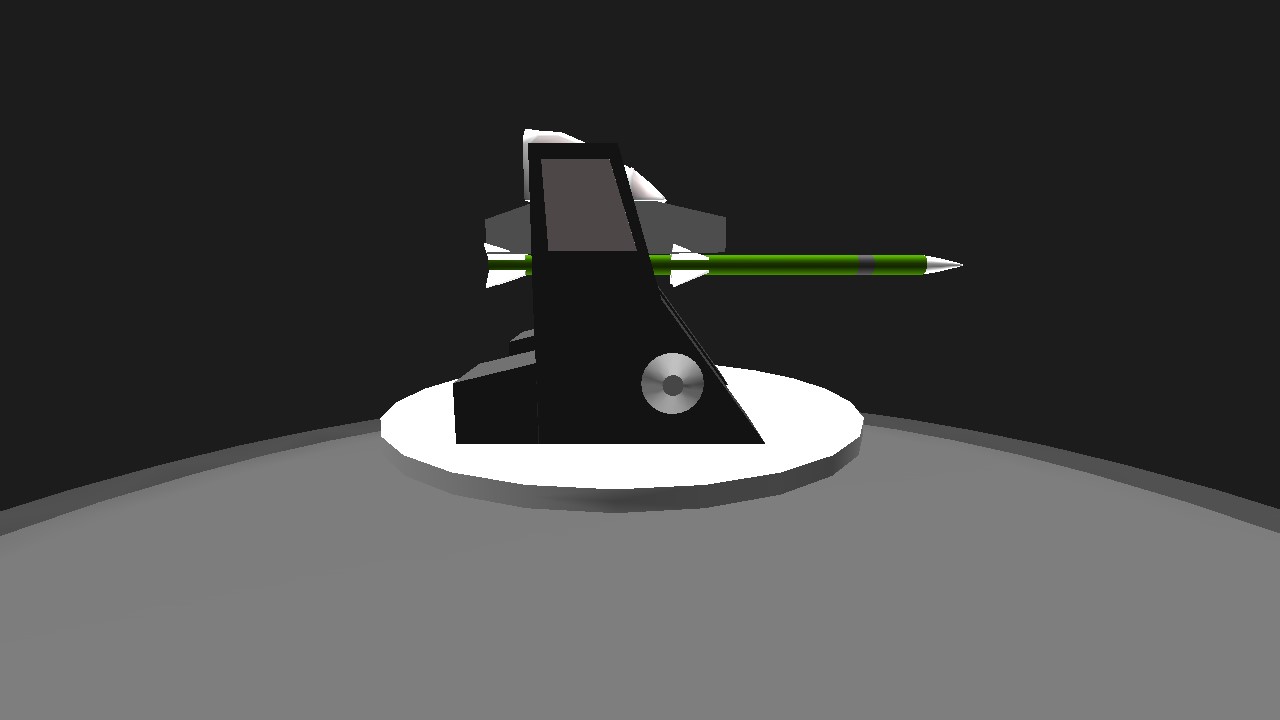
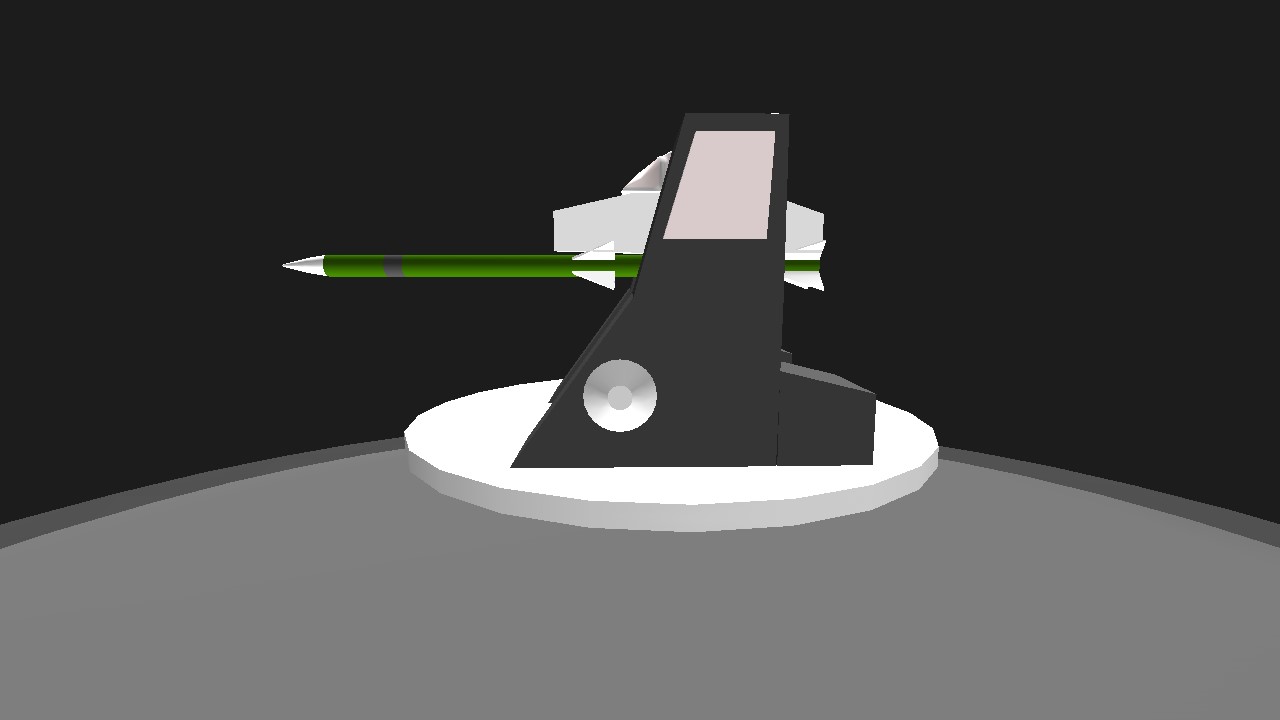
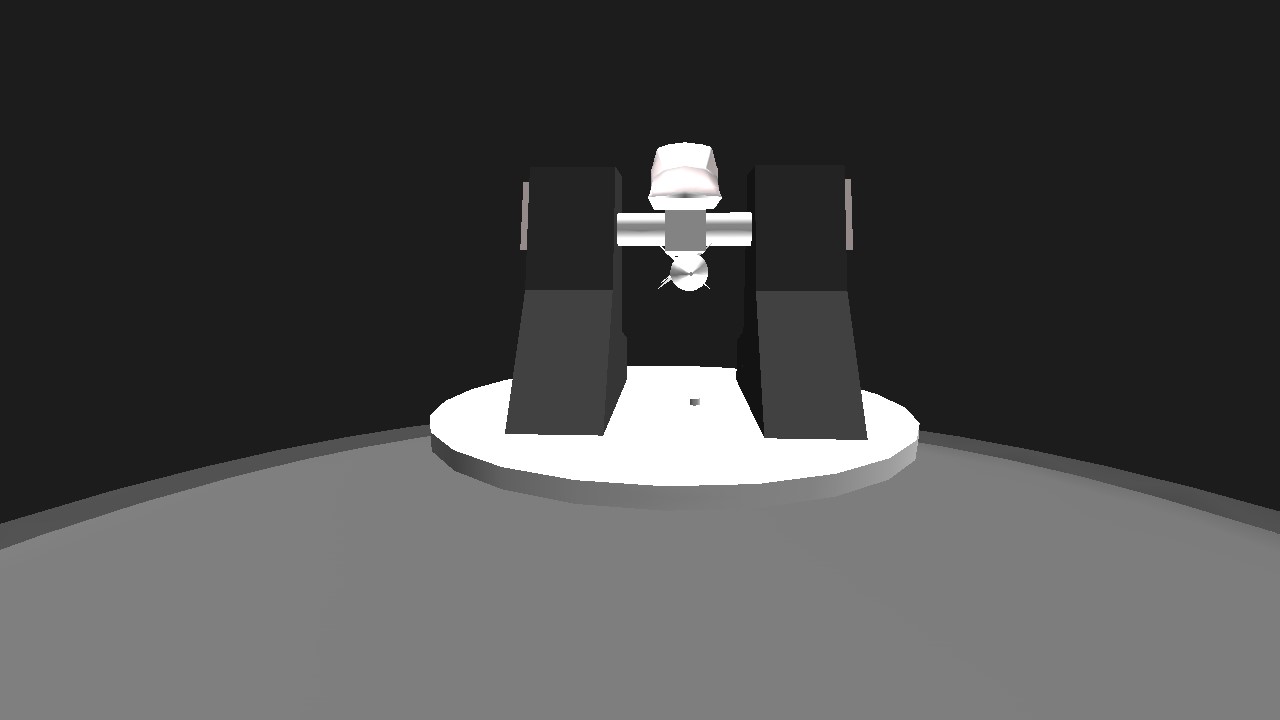
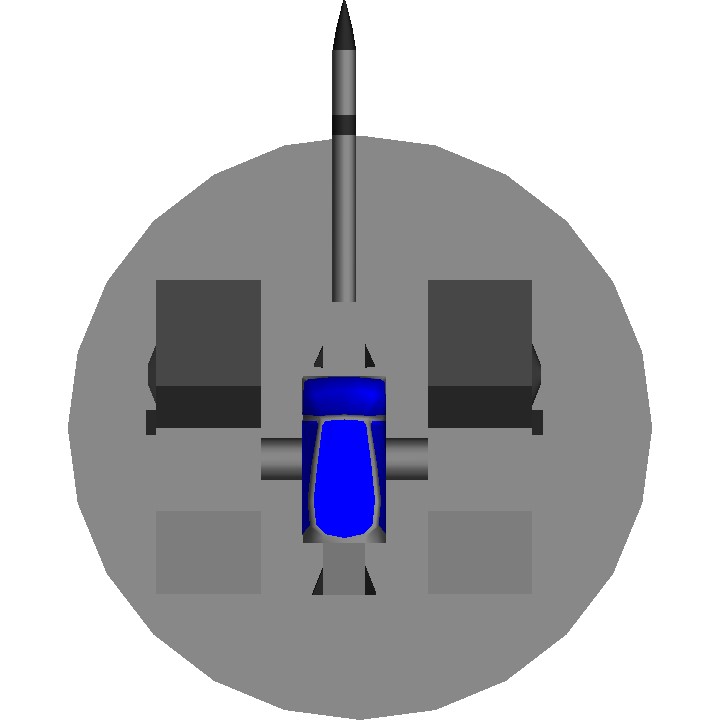
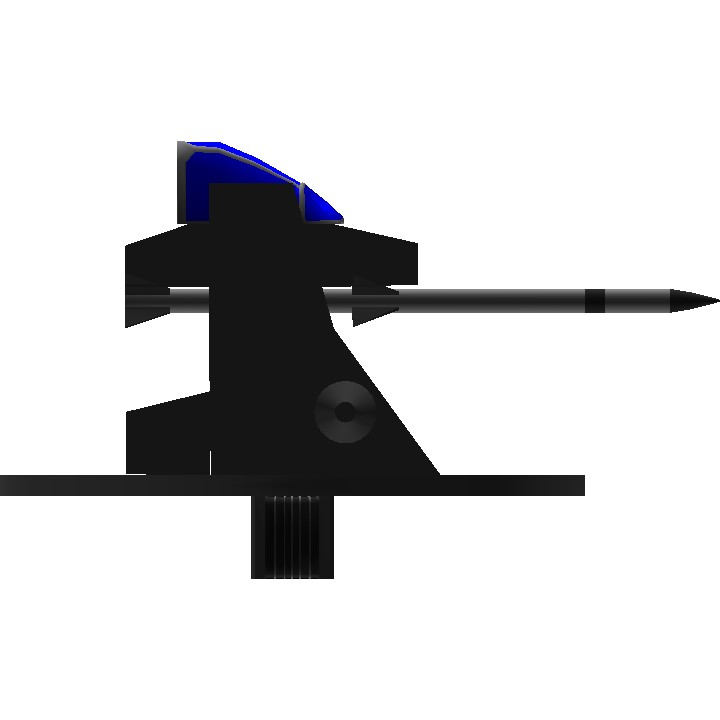
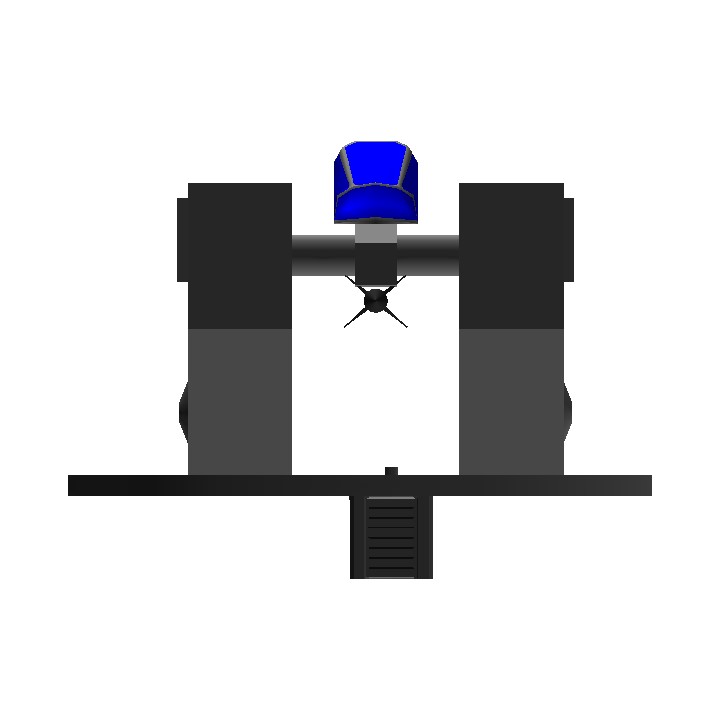
Nice missiles, i will update this the SAM.